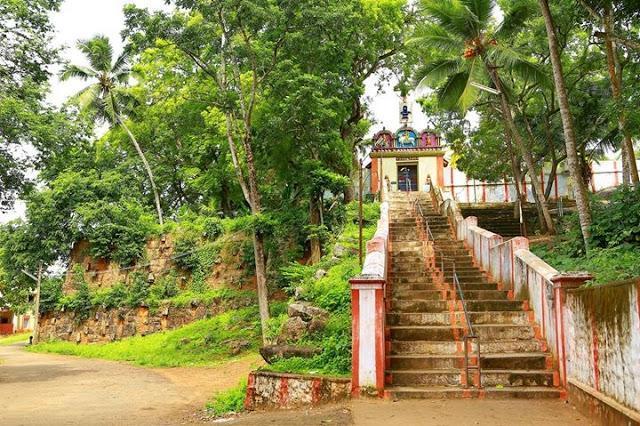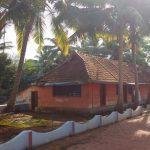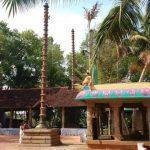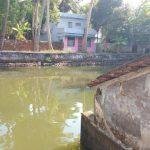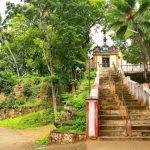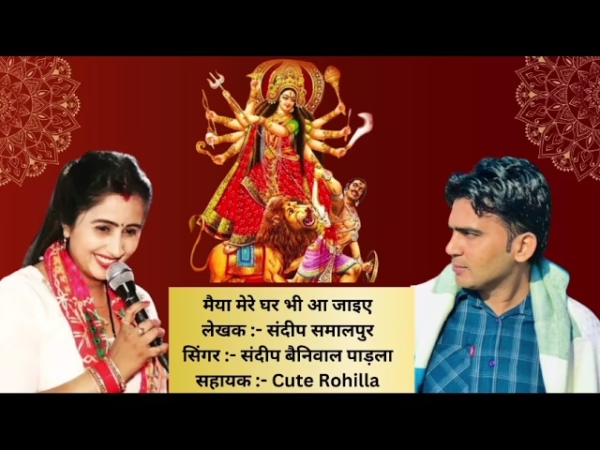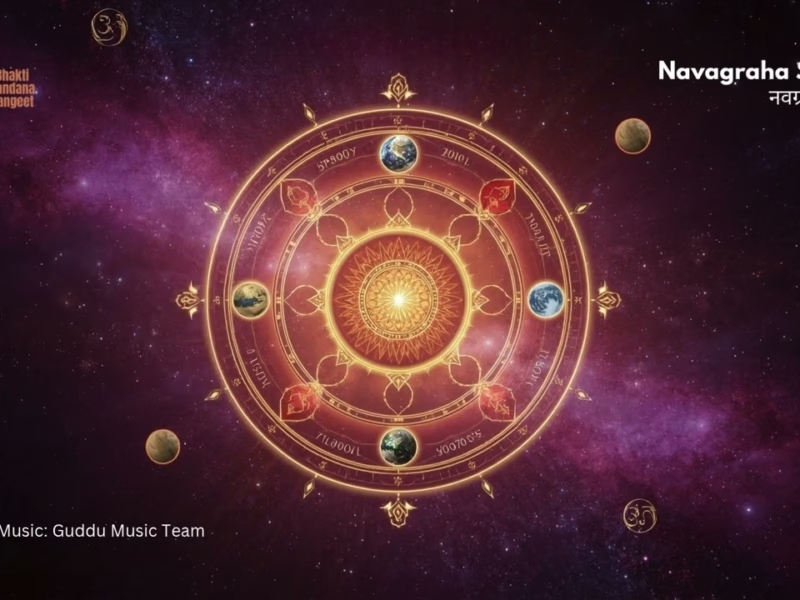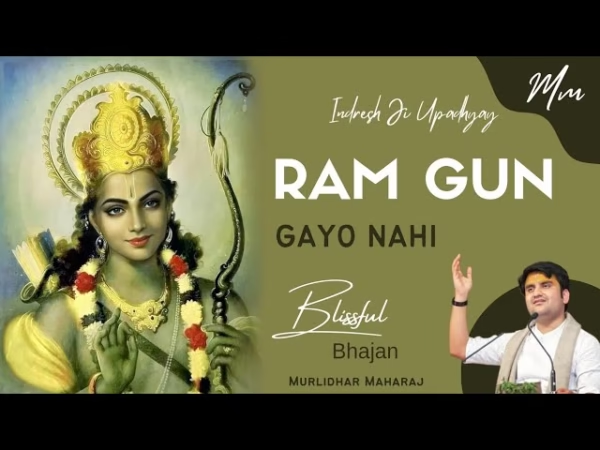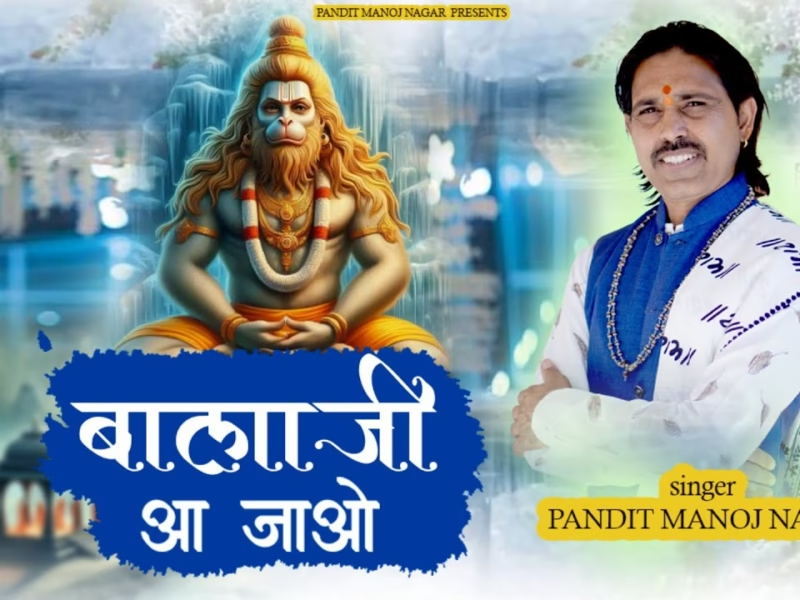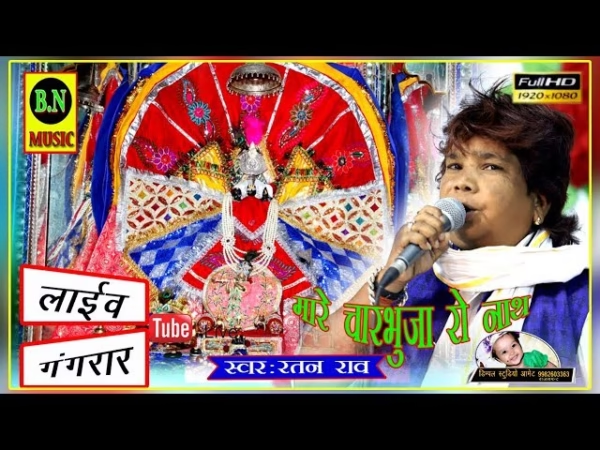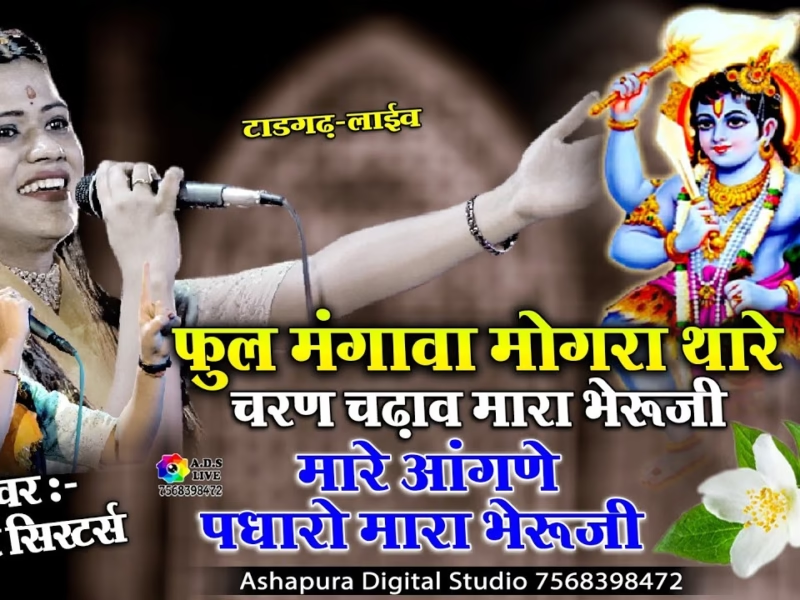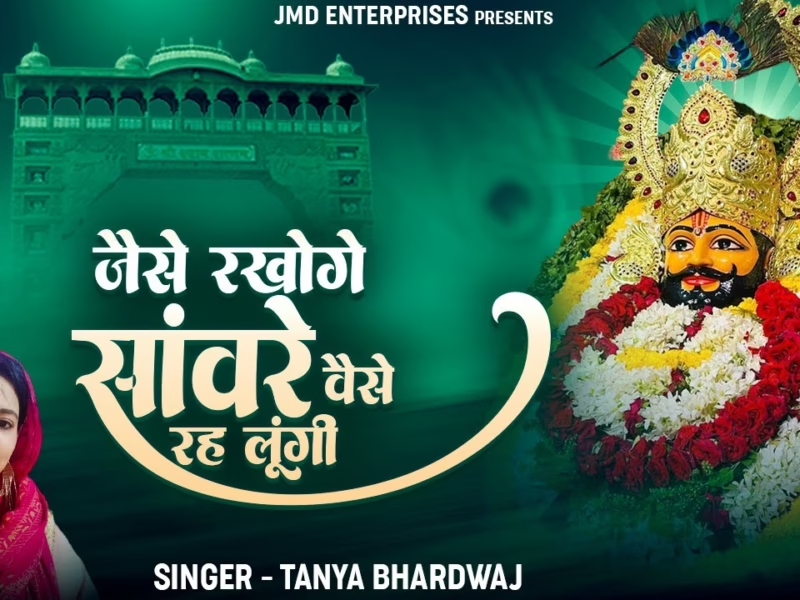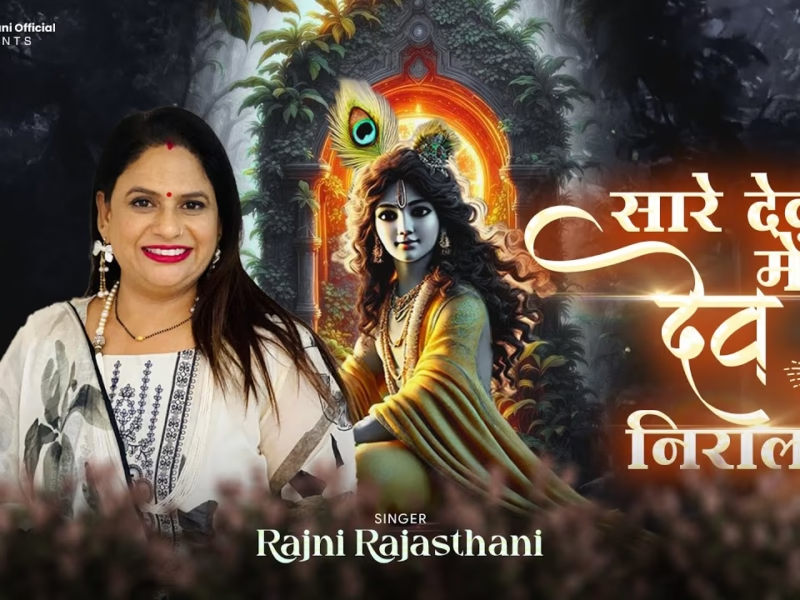Contents
Thirumalai Mahadevar Temple, Munchirai, Kanyakumari
| Date built: | – |
|---|---|
| Deity: | Thirumalai Mahadevar |
| Architectural style: | Dravidian architecture |
| Major festivals | – |
| Locale: | Munchirai |
| District:: | Kanyakumari |
| Address: | – |
| Phone | – |
Architecture
Legend / Local stories
Temple standing here in all Yugas:
As per Hindu Mythology, this temple stands through all the four Yugas. In Kirudayugam it was known as Sreesylam, in Threthayugam Swamy Sylam, in Dhwaparayuga Bavyasylam and in Kaliyuga Sivasylam. The temple is believed to have found mention in Ramayana and Mahabharata.
Uthachi, Mother of Thirumalai Nayak prayed to Lord Shiva for Off Spring:
Uthachi, the mother of Thirumalai Nayak had no off-spring and as such she undertook a penance at a place surrounded by a fort near Thirumalai. As a result she brought forth a male child. The new born was named after the deity of Thirumalai. The fort is known as Uthatchikkottai and can be seen very near to the Thirumalai Temple. Later Thirumalai Nayak presented golden Angi and crown of 182 tolas each to the deity when he visited the temple.
Sage Vyakarapadhar worshipped Lord Shiva here:
Sage Vyakarapadhar visited this place and worshipped Lord Shiva here.
Temple Opening Time
The Temple remains open from 5.00 AM to 11.00 AM and 5.00 PM to 8.00 PM.
Prayers
The priests perform daily rituals like Palliunartal, Abhishekam, archana, neivedhyam etc. Abhishekam or bathing is done with milk, curd, ghee, honey and the juice of tender coconuts.
Poojas & Festivals
The daily way of worship of the Thirumalai Mahadevar Temple to the several deities at different times is of great significance. The daily rituals related to worship are called Nitya Puja. The ceremonies about some special festivals are named as Naimittika. The day to day offerings are very essential to preserve the sanctity of the shrine. They exhibit the fundamental ceremonies, rituals to be performed in the temple. Inscriptions found in the Siva temple reveal the endowments given by the Kings and the individuals for the conduct of daily offerings and numbers of festivals connected therein.
The ceremonies performed in the Thirumalai Temple may be broadly classified into ordinary and extraordinary ceremonies. The ordinary ceremonies consist of:-
- (1) Nityanidanam or the daily round of ceremonies;
- (2) Masaviseshams or periodical special ceremonies conducted on specified days in a month;
- (3) Attaviseshams or periodical special ceremonies conducted on specified days in a year; and
- (4)Utsavams or periodical special annual festivals continuing for a fixed number of days.
The second set of ceremonies viz., extraordinary ceremonies consist of those which do not form part of the regular routine of ceremonies provided for in the sanctioned Pathivus, but which are performed once in a way for special reasons.
Palliunartal:
The daily routine of ceremonies in the temple may be said to begin at 5’ 0 clock, to the booming of the conch by the parasava, the doors of the temple are opened. The dress, jewels and flowers, found on the images, are removed, and then, commences the preparation for the earliest function of the day called Palliunartal. The idea underlying this ceremony is that the God is to be roused from his sleep. After the Palliunartal, abishekam or bathing is done with milk, curd, ghee, honey and the juice of tender coconuts in succession. During the abishekam, the Archakar chants vedic hymns. Next followed by the decking of the images with new clothes, flowers and sandal- paste. During the process of decoration, too, the Archakar continues to chant sacred hymns, especially invocations like the Astra mantra.
Oblations:
The abishekam is the prelude to the neivedhyam or the offer of food to the deities. In the Thirumalai Temple, cooked rice is the principal item offered as oblation. Fruits, varieties of sweets and pudding are also offered at times. The offer of the oblation is followed by the fumigate of incense and illuminated lamps one or more, the entire ritual is accompanied by the reciting of hymns and mantras by the priest. The main item in the daily pujas is the offerings of oblation or prasadam to the deities on the different occasions or stipulated hours of the day.
Apart from these normal daily offering, special offerings or services were instituted by Kings and other individuals. Such offerings or Santhis were arranged in large numbers and they were often named after the donors. Besides the annual festivals, certain ceremonies take place every month. Pradosham, Ekadasi, Pournami are the days when special features appear. The routine puja time is morning 5-11’0 clock, evening 5-8’0 clock.
The annual celebration conducts in the Tamil month of Panguni in every year. Kerala Pottis are performing the daily pujas and ceremonies. The expenditure on account of the above ceremonies is generally met from the Devaswam Fund. In some Devaswams, the ceremonies on days are conducted at the expense of certain private individuals. Besides these, vazhibadus are offered by the worshipping public.
Shivalaya Ottam Festival:
One of the colourful festival by name ‘Shivalaya Ottam’ in Kanyakumari District starts from this temple. Thus, it seems that this temple has been a very famous pilgrim centre from very early times. Shivalaya Ottam is the most colorful festival in Kanyakumari District. It is a festival not only to worship at a favourite deity’s altar, but also to meet friends and make new acquaintances. Shivalaya Ottam, falls on the Tamil month of Masi corresponding to February-March on the previous night of Shivaratri festival. On that day, the devotees of Lord Siva start running from the Thirumalai Siva Temple the other eleven Siva temples situated in and around Kanyakumari.
Other Festivals:
- Shivaratri
- Kumbashtami (Masi Month)
- Vrichika Ashtami (Karthikai Month)
- Panguni kodiyetram – Peruvizha
Photo Gallery
How to Reach:
The Temple is located at about 11 Kms from Vilavancode, 8 Kms from Marthandam, 7 Kms from Kuzhithurai, 15 Kms from Thiruvattaru, 10 Kms from Nattalam, 21 Kms from Thuckalay, 19 Kms from Colachel, 35 Kms from Nagercoil, 56 Kms from Kanyakumari, 22 Kms from Eraniel and 46 Kms from Thiruvananthapuram. Nearest Railway Station is located at Kuzhithurai (7 Kms) and Nearest Airport is located at Thiruvananthapuram (46 Kms).
Contact Details
Official Address

